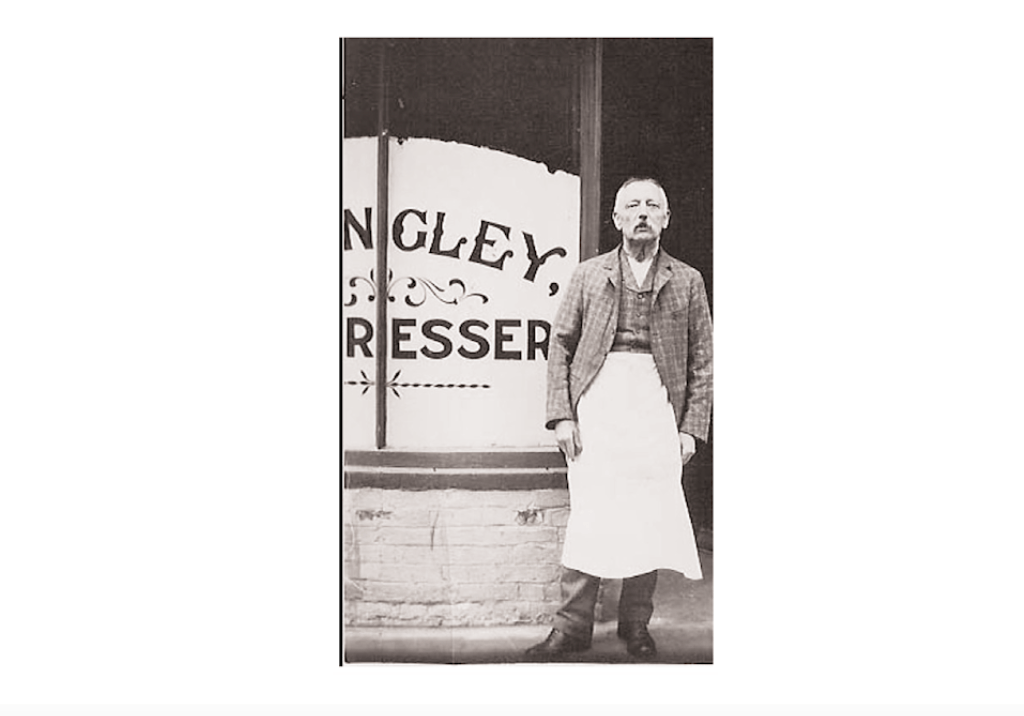Screaming along the ground for 100 yards emitting white sparks before exploding at ground level, the Battel Rouser was the brainchild of William Longley, and the stuff of pyrotechnic legend.
The Battle/ Battel Bonfire
The Battle Bonfire has been running for fast approaching 400 years, having been recorded as early as 1646. As far back as 1676, there’s a Longley associated it, when Thomas Longley was one of the church wardens tasked with allocating church funds to the event. Fast forward a few years, and a Longley is once again part of proceedings in 1870, and then again in 1885 when he performs his own display as part of the broader event. It’s in the mid 1880’s that things start to get interesting for my namesake. William Longley had previously worked for a firework manufacturer, before returning to Battle. He opened a hair-dressers opposite the Kings Head pub – his father Charles having previously run a hair-dressers on the High Street. Having got the necessary paperwork signed, he opened “William Longley Pyrotechnics” – an odd bed-fellow for the hair salon, but each to their own. Shunning more modern, and arguably safer, construction materials, he set his business up in wooden sheds, and went about making his products. For a period from 1888, Longley Pyrotechnics supplied and set-off the fireworks for the Battle display. It’s worth remembering that this is over 200 years since Thomas Longley was first involved in the event.